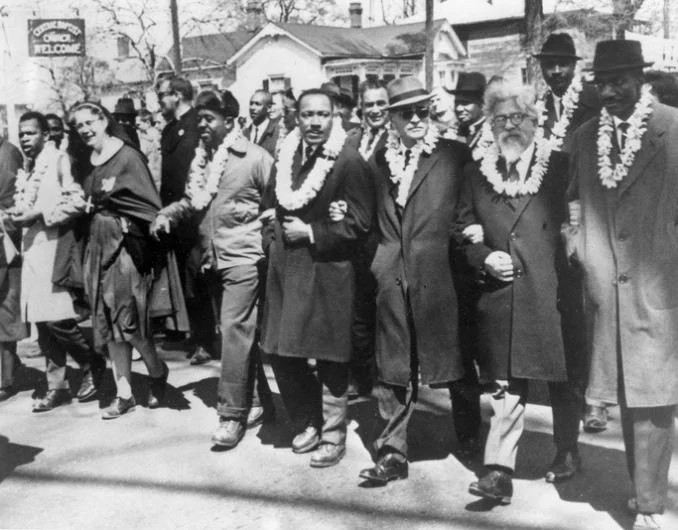Ritual and ceremony in their due times kept the world under the sky and the stars in their courses.
Terry Pratchett
Next Monday is Martin Luther King Jr. Day. King was assassinated in 1968 and the campaign for a federal holiday began almost immediately, though it wasn’t first observed in some states until 1986 and wasn’t observed nationwide until 2000. King was an advocate for non-violent resistance. The petition to congress for this holiday garnered six million signatures, making it the most robust petition in US history. King was heavily influenced by Gandhi’s non-violent approach to activism – satyagraha, meaning something like “holding onto the truth through the force of love.” In his principles of nonviolence, King says, “Nonviolence chooses love instead of hate. Nonviolence resists violence of the spirit as well as the body. Nonviolent love is spontaneous, unmotivated, unselfish, and creative.” The goal is not winning – it is the restoration of balance and harmony in the community and the world.
It is interesting to think of protest as a ritual. People gathered together with a clear sense of solidarity, marching with arms linked, amplifying their energy and their voices as one, petitioning the powers of the universe for positive change. Once we think about it this way we can see evidence of the power of ritual to bring resonance to resistance: the leaders donning leis for the march on Selma, the human chain in Hands Across America, the yellow ribbons for Vietnam POWs, the pink pussy hats of the women’s march, the candlelight vigils against injustice. Ritual can make an indelible mark on our collective consciousness and help create the momentum to effect change.




